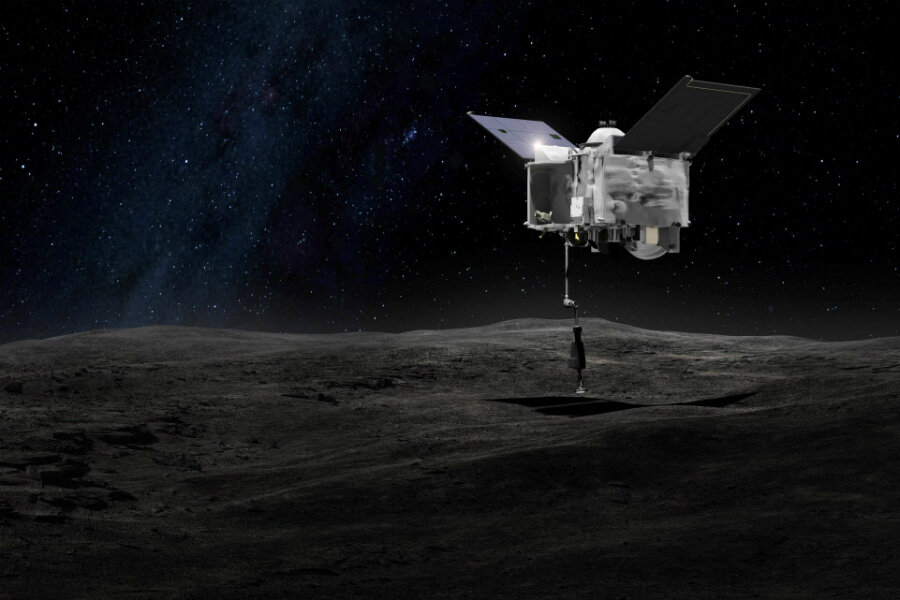Scientists will be studying NASA’s asteroid samples for decades
Loading...
NASA’s new probe will soon be Bennu-bound. But that’s only the tip of the asteroid.
On its grueling journey – seven years from launch, slated for Thursday morning, to its return to Earth – OSIRIS-REx will collect material from asteroid Bennu, a first for NASA.
In 2023, when it returns, the real fun begins. Labs and space agencies across the globe will have access to the samples, which are expected to contain carbon-rich asteroid rock. Whatever the composition turns out to be, a successful sample-return mission is sure to kick off years of continuous scientific research.
The last time the agency launched a major sampling mission, Richard Nixon was president and “The Brady Bunch” was in its first season. Between 1969 and 1972, the Apollo program brought an 842-pound haul of lunar rock back to Earth.
And those rocks are still being studied.
Every year, NASA distributes 400 samples for research and teaching projects. Armed with modern technology, scientists are studying these rocks in ways that were impossible 40 years ago. In January, geochemists at the University of California used Apollo samples to develop a new model for the moon’s violent formation.
The Bennu sample will be quite a bit smaller – a handful of fine asteroidal dust compared to Apollo’s mountain of lunar rock – but will likely keep scientists busy for the foreseeable future. Asteroids are relics of planetary formation, so even a pebble can reveal new insights about that process. Researchers hope that Bennu, which is a particularly carbon-rich asteroid, can tell us something about the development of organic life.
OSIRIS-REx will bring back 2 ounces (60 grams) of material from the asteroid. The samples will be divided between NASA and partner space programs in nations like Canada and Japan. In exchange, the agency will receive technical support and samples from other probe missions.
“NASA’s come to realize that to get anything big done, it has to reach out,” W. Henry Lambright, author of "Space Policy in the 21st Century" and a professor at Syracuse University, told The Christian Science Monitor in August. “The incentives are greater now to reach out than before.”
But before the sample is split, it will spend its first six months on Earth at the Johnson Space Center's Astromaterials Acquisition and Curation Office in Houston – right next to the Apollo lunar rocks.
“The goal is to have it available to be studied for decades to come,” Laurie Cantillo, from NASA’s Washington communications office, told the Monitor’s Lucy Schouten.
And if Bennu’s rocks are anything like the Apollo samples, astronomers who haven’t even been born yet may get the chance to study them.






